Rottnest Island ranger Kaija Antipas stands vigilantly outside her home, a 19th-century lighthouse-keeper’s cottage. The midday sun beats down on the dry bushland and rugged coastline around her. Her eyes strain as she tries to detect movement on the rocky terrain. Every rustle of leaves or chirp of a seabird sends a jolt of energy through her.
Kaija is on what she calls “quokka watch”. It’s key to catch the creatures before they strike. With their cat-sized bodies, wild eyes, and permanently fixed smiles, quokkas are widely regarded as “cute”. And yet this innocent facade belies a life of crime.
“We have to keep the quokkas out of the backyard because we’re trying to grow vegies,” Kajia says. “The second something green pops out of the ground, they nail it. So we’re on quokka watch. But a big one slips in every night. It jumps over a five-foot-high fence to have a munch.”
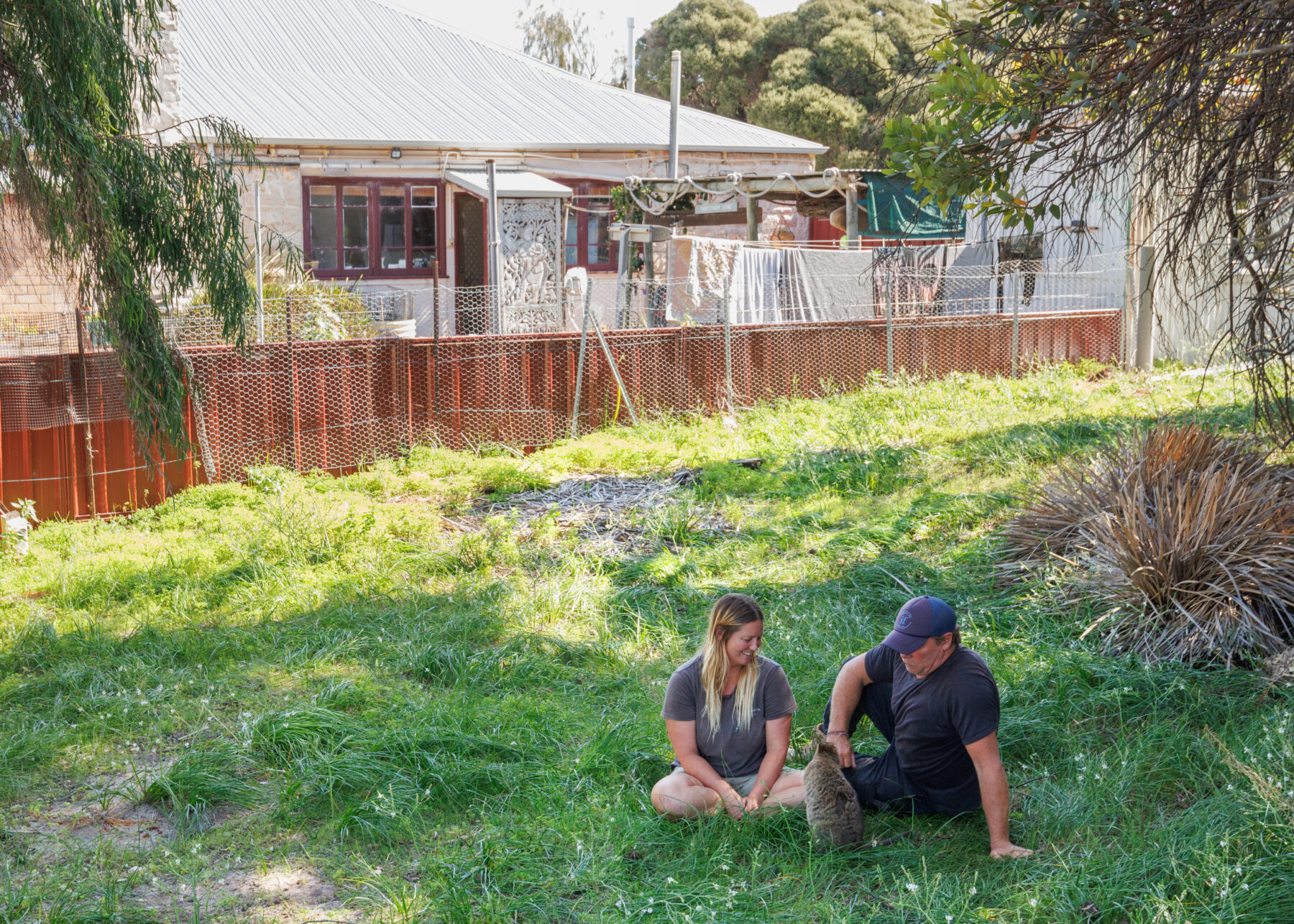
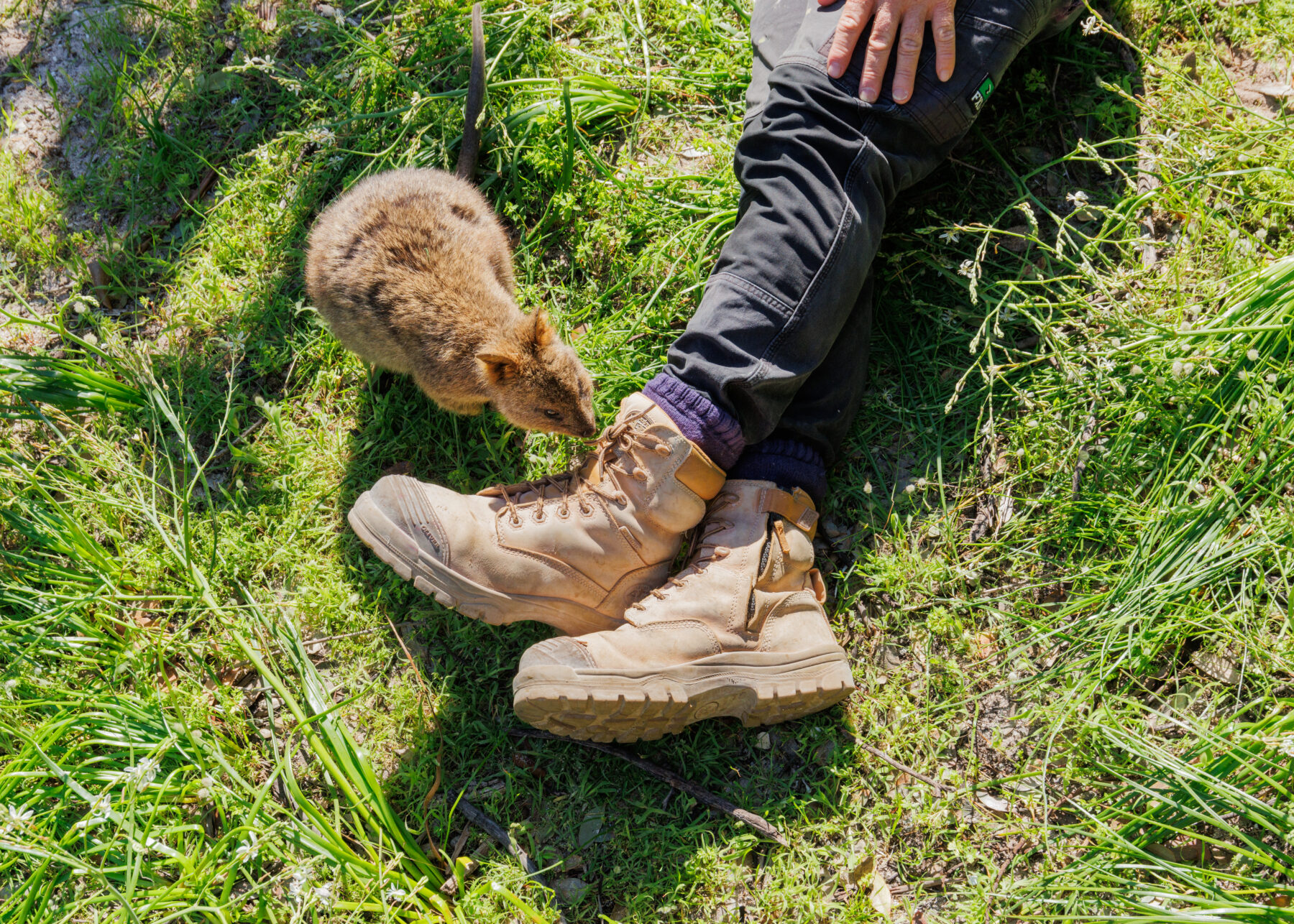
There are currently nine quokkas wandering around her front yard. “Where we are, with plenty of natural habitat, they’re healthy: gorgeous and fluffy,” Kaija says.
“How crazy good are they?!” says Steve, Kaija’s partner, as a quokka advances towards us. Is this the mastermind behind the vegie patch raids?
Peak swells
Wadjemup is the Noongar name for Rottnest Island, a 19sq.km patch sitting 33km west of Perth in Western Australia. In 1696 Dutch explorer Willem de Vlamingh mistook the quokkas for giant rats and named the island ’t Eylandt ’t Rottenest, which translates to “Rats’ Nest Island”.
In late 2022, Irish vlogger Allan Dixon – who calls himself the “animal whisperer” – jokingly referred to quokkas as “rats” in a viral video, much to the chagrin of a few West Australians. Due to several celebrity #quokkaselfies, the marsupials have struck internet gold. So Rottnest Island, known affectionately as “Rotto”, has become one of WA’s top tourist destinations. The island’s pristine beaches are an asset all on their own.
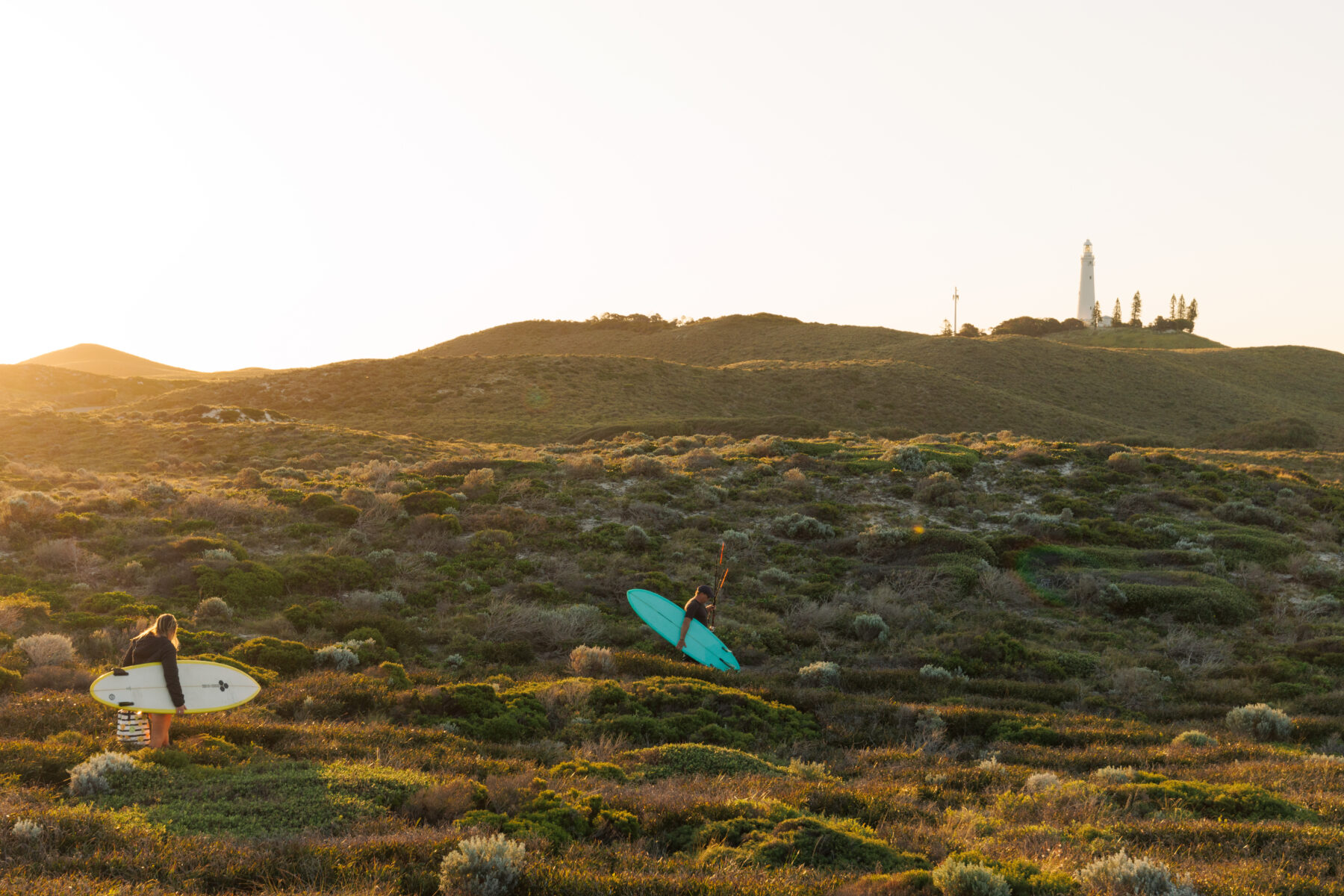
During peak season the small population swells. “There are about 100 permanent residents here, but in terms of seasonal hospitality workers, the population might balloon out to 400,” Kaija says. “During summer or school holidays, we get long-term visitors who stay on boats or on the island. The numbers are extreme. But in winter and the off-season, it’s very quiet.”
In the cottage where Kaija lives, she rarely sees a soul. Unlike some island communities around Australia, Rottnest Island embodies the isolation and solitude typically associated with living in a place surrounded by the sea. “Where we live in the middle of the island, there’s no-one around. Plus, it’s bushland without any facilities or water. It’s a solid 20-minute bike ride into town, so it’s remote,” Kaija says.
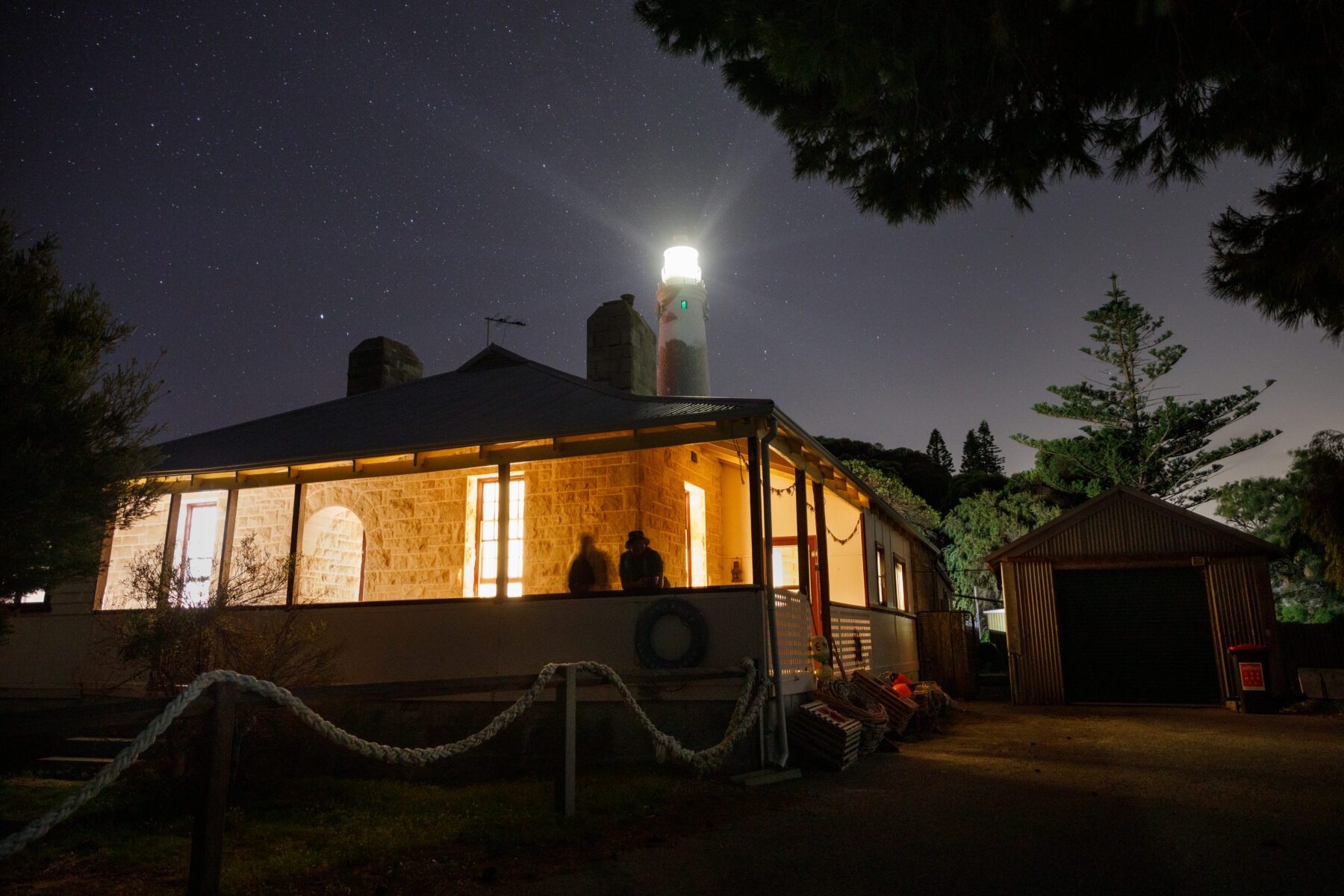
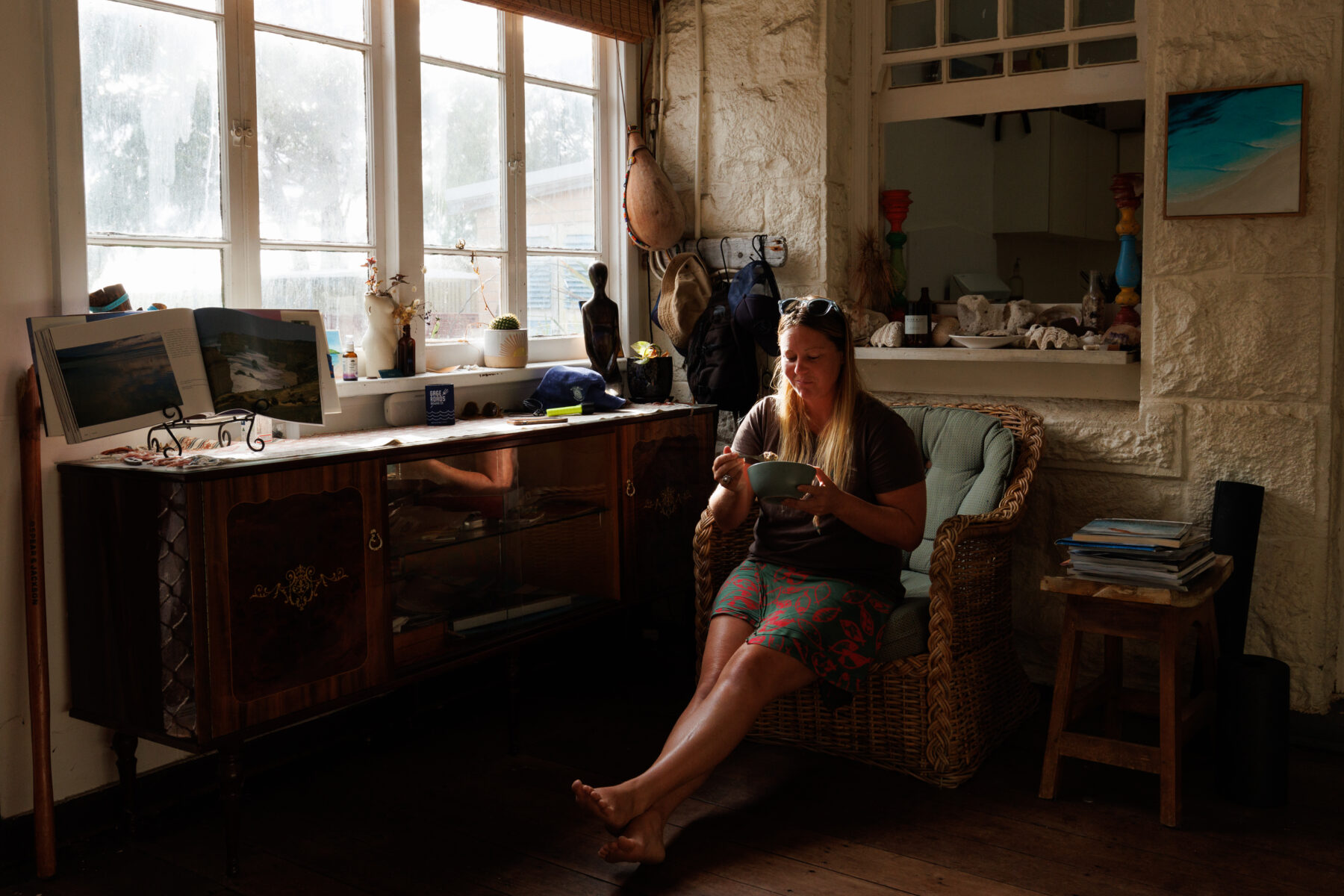
The island is home to a variety of self-contained cottages, a hostel, camping ground, a handful of cafes, pubs, restaurants and a small primary school with about a dozen students.
“Pretty much everyone lives in the town, except for us,” Kaija says. “It makes a difference because out here you can switch off. Still, the island’s town is tiny and isolated compared with most places on the mainland.”
The cottage’s remote setting gives Kaija unrestricted access to the nearby beaches, where she spends her days boating, surfing, fishing and snorkelling. And it shows; her long, blond hair gleams with the touch of sun and sea.
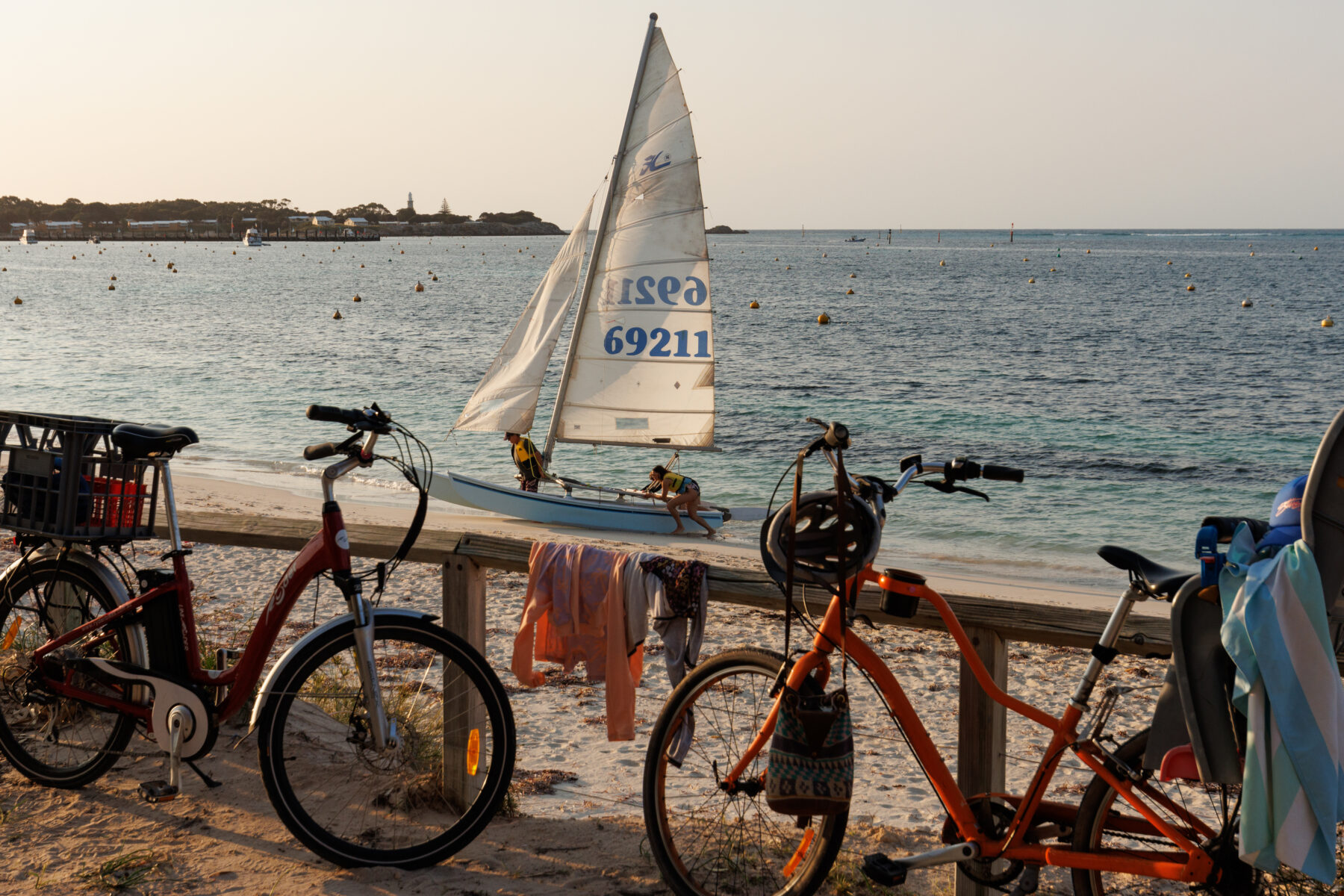
The island is home to 63 beaches – a mixture of tidal plunge pools, small sandy bays and an exposed limestone reef. “You can’t even imagine the bays. Some days, you can’t stop looking at them. It’s the most beautiful coastline I’ve ever seen,” Kaija says.
The clarity of the water provides ample opportunity to spot vibrant populations of tropical fish both inside and outside the marine sanctuary zones. Inland, the island has 12 salt lakes, where salt-tolerant plant species such as coastal bonefruit, grey saltbush, and beaded samphire thrive. In summer, several lakes dry up, leaving behind a patchwork of pink and white hues.
Kaija and Steve enjoy the company of a close-knit group of local friends, gathering on the beach for barbecues. However, the ebb and flow of seasonal tourism makes establishing a consistent sense of community a challenge.
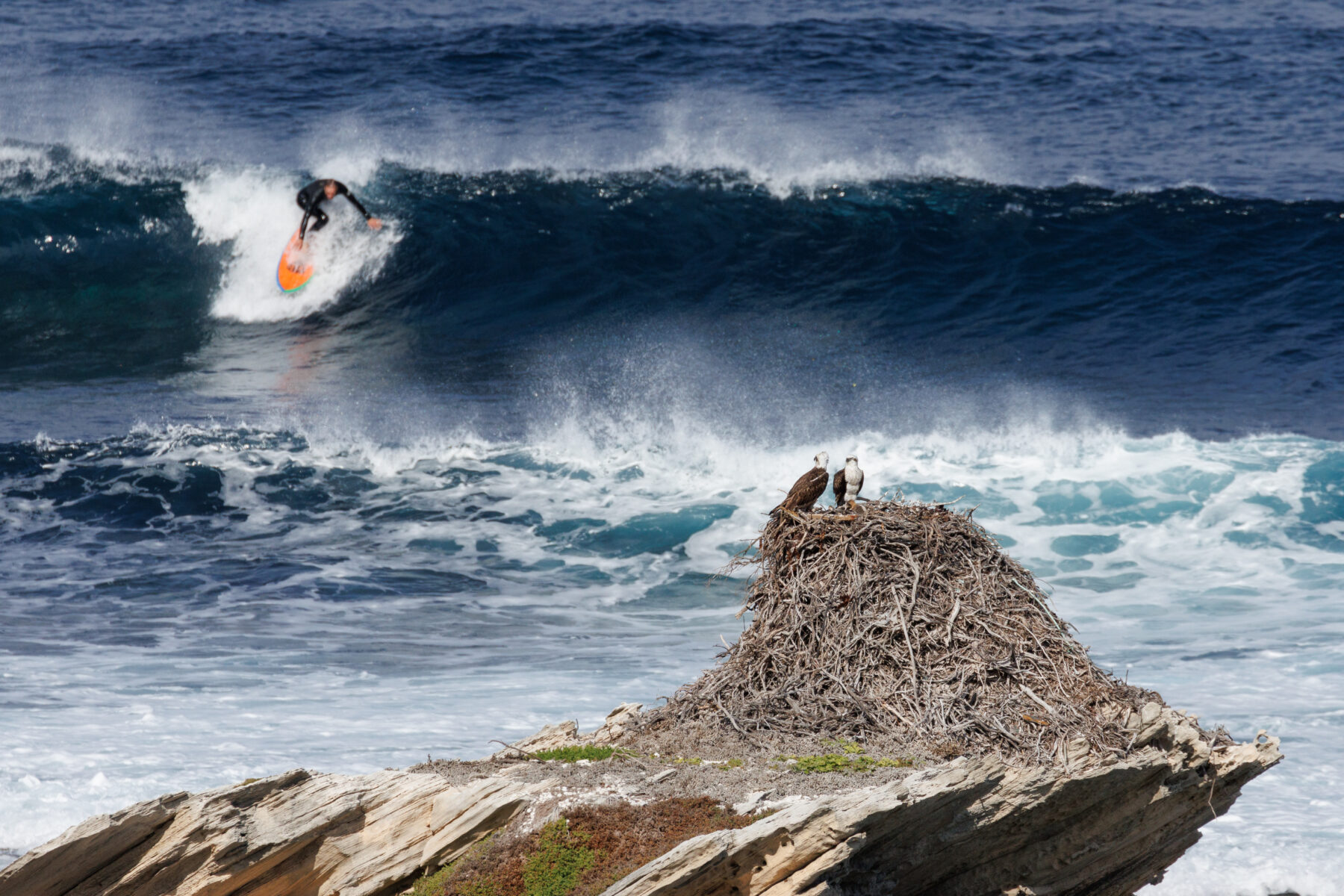
“There can be lots of temporary staff who are here for a good time, here to work hard,” Kaija says. “Plus, we get inundated with visitors. So it’s quite a mix; we don’t really have all the elements of a community here.”
Like other islands around Australia, Rottnest Island attracts those in search of solitude. “It can be a funny vibe here. You can get some happy, sea-loving people, but it is a typical small town in many ways,” Kaija says. “There are reclusive people, quiet souls. They’re hiding out here.”
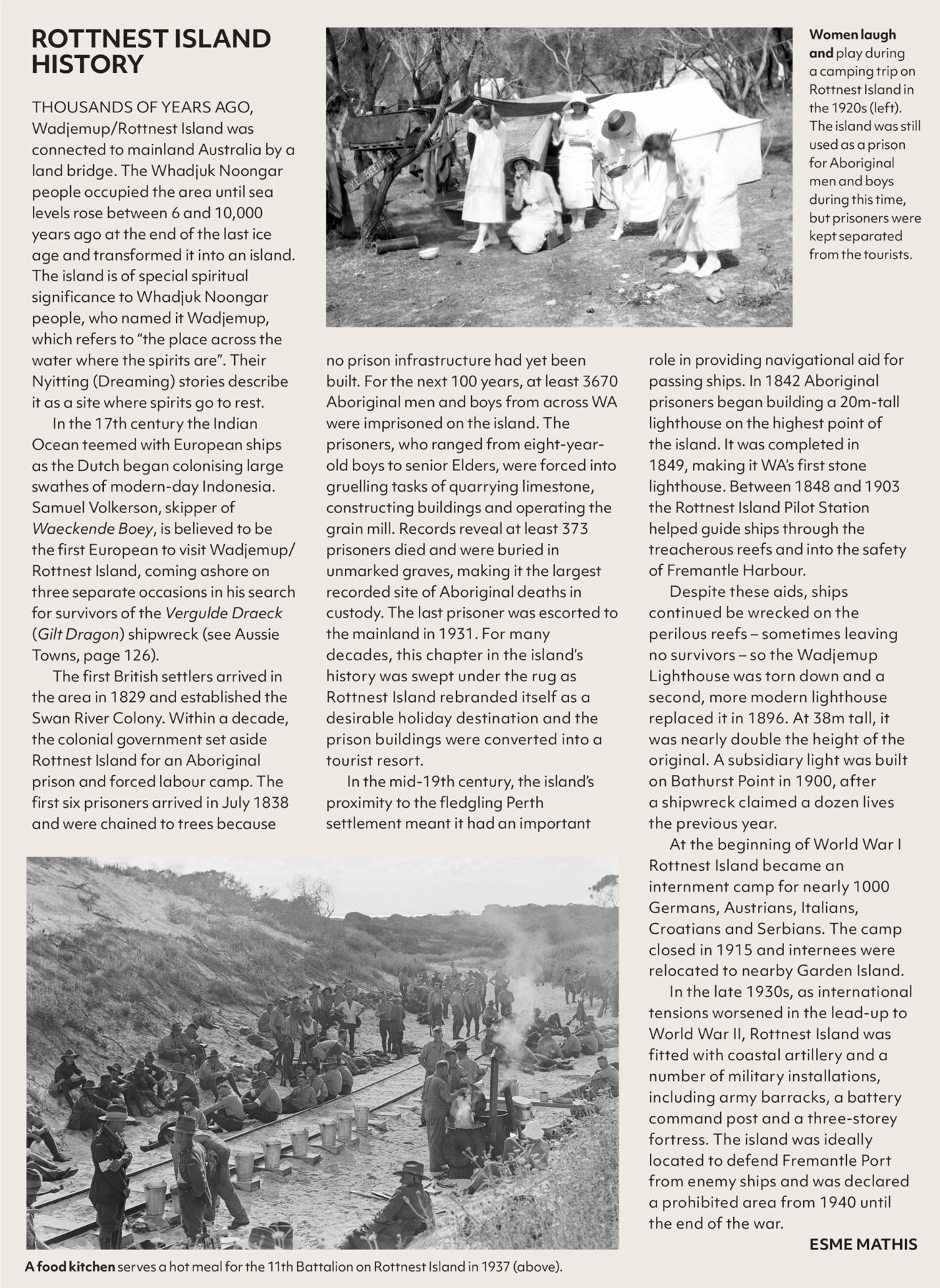
Isolation without loneliness
Despite living in the most isolated part of the island, Kaija rarely feels alone. She has Steve and a lively cohort of vegetable-loving quokkas right by her side. Then there are the sounds of the night. “The house dates back to the late 1800s, so we get a lot of strange noises at night,” Kaija says. “It’s the old lighthouse-keeper’s cottage. I think until about 60 years ago, keepers were living here. I’m yet to spend a night here alone, but it would be a little weird.”

Kaija’s work phone rings, interrupting the conversation. She moves away to answer the call and Steve steps in. He says he works in construction, handling various projects on the island. When off duty, he soaks up all that comes with their unique way of life. “We live sustainably here,” Steve says.
“We catch a lot of our food from the sea, getting crayfish and squid. We’ve got our boat and so we get to travel around. We mix it up. We’re salty!” The couple’s water supply comes from the island’s desalination plant. While their shower tanks are refilled for them, they need to be “tight” with the drinking water. When they run out, they refill the tank in town and cart it all the way up to the cottage. Fortunately, the thrill of reeling in their evening meal offsets the tedium of hauling back their water.
“We eat fish every three days, but we could eat it every night if we didn’t get sick of it,” Steve says. “The crays here are out of control – the cray pots are always full. We’re getting squid and full-sized fish. Our freezer looks good. We have three.”
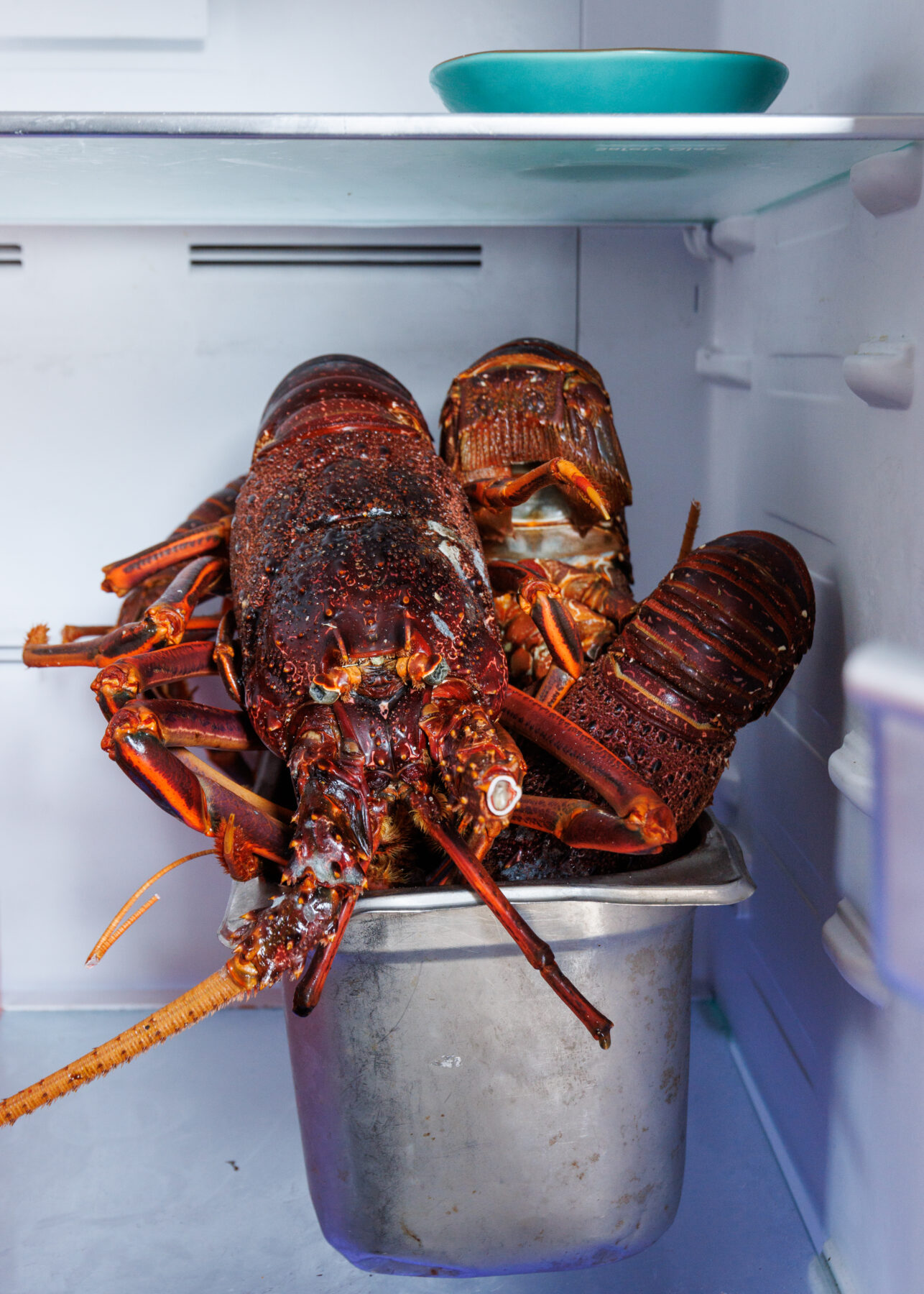
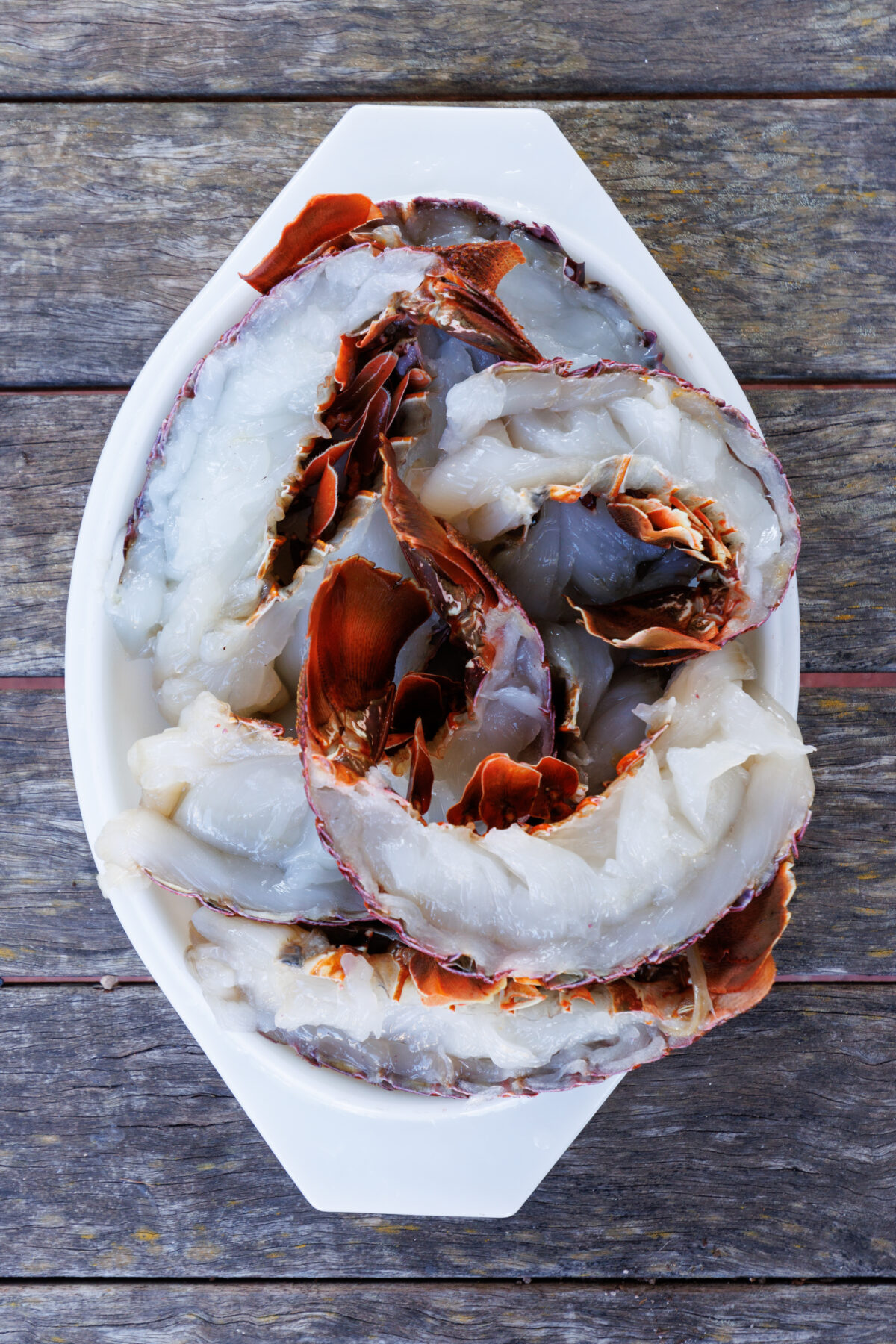
squid… We’re salty!”
During her phone call, Kaija playfully sings out to the person on the other end. She says their name five times as the reception wavers. The mobile phone tower is under repair, so the signal hasn’t been great recently.
Kaija returns to me and apologises. “We had a yacht all wrapped up in ropes today, so we were just checking in,” she explains.
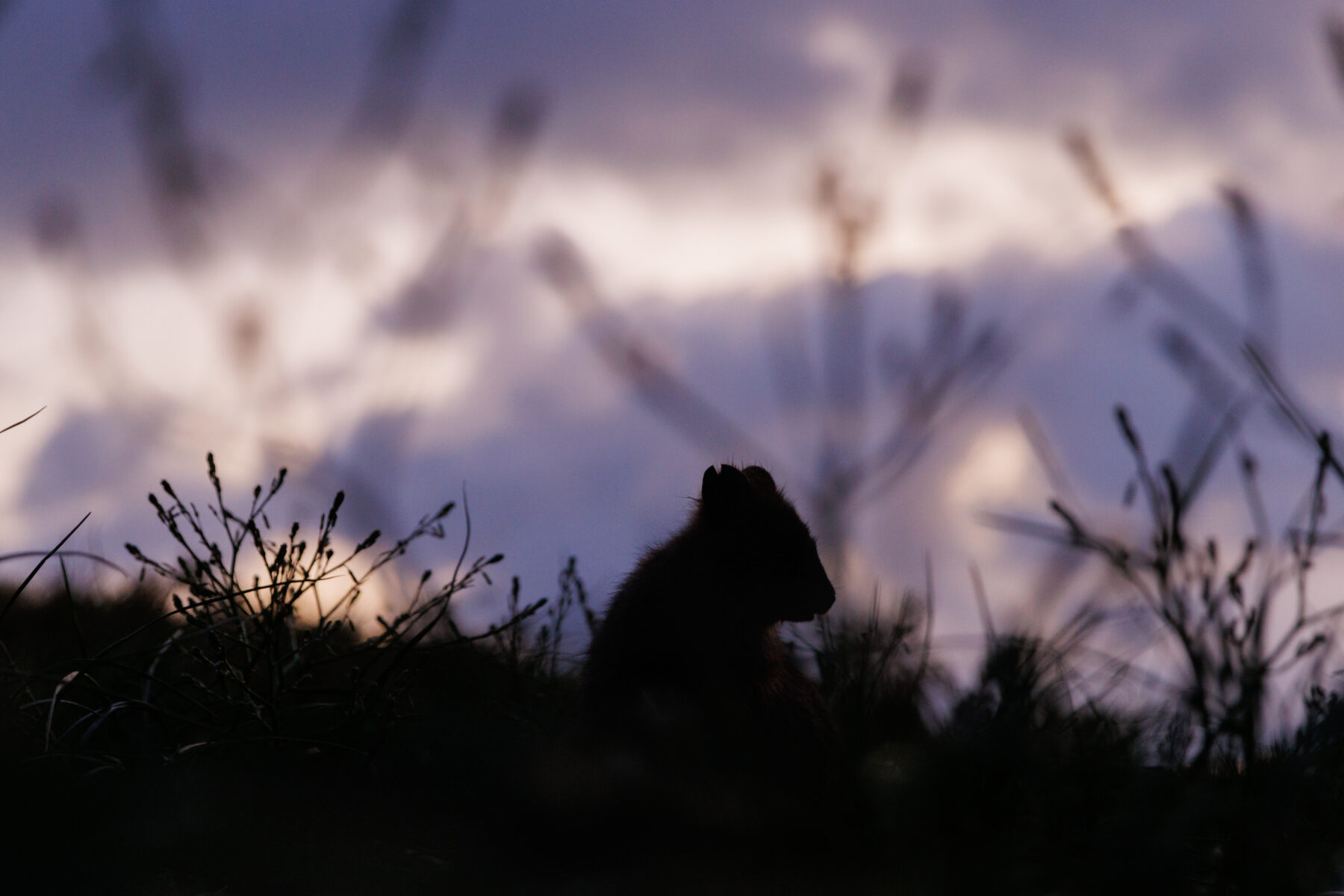
During winter, she and three other rangers handle wildlife care and environmental maintenance. During summer, when a few more rangers are rostered on, the work revolves around answering visitors’ calls. More often than not, they require marine rescue.
“The other day we got called to a yacht that was sinking, and I went down into the galley of the boat and was up to my knees in water. I got flashes of Titanic,” Kaija says. Using a petrol pump, she extracted the water from the yacht. It was then towed out by a rescue boat.
Rescues occur up to three times a week during most of the year, but in summer it’s almost every day.
“It’s something I didn’t know how to do before I came here, but it’s been fun to learn!” Kaija says. “A real hit of adrenaline.”
A healthy environment
During her first few weeks as a Rottnest Island resident, Kaija attached herself to several wildlife projects she’d long been passionate about – nurturing seal colonies, rescuing sea snakes (and the occasional penguin) and monitoring the local marine ecosystem. Recently, she worked with a team to install 160 underwater cameras. When Kaija watched the first round of footage, she was astonished. She saw large numbers of tiger sharks, stingrays, squid, octopus and jewfish stopping by to inspect the new tech.
These visuals – proof of a thriving, healthy environment – were a great comfort to Kaija.
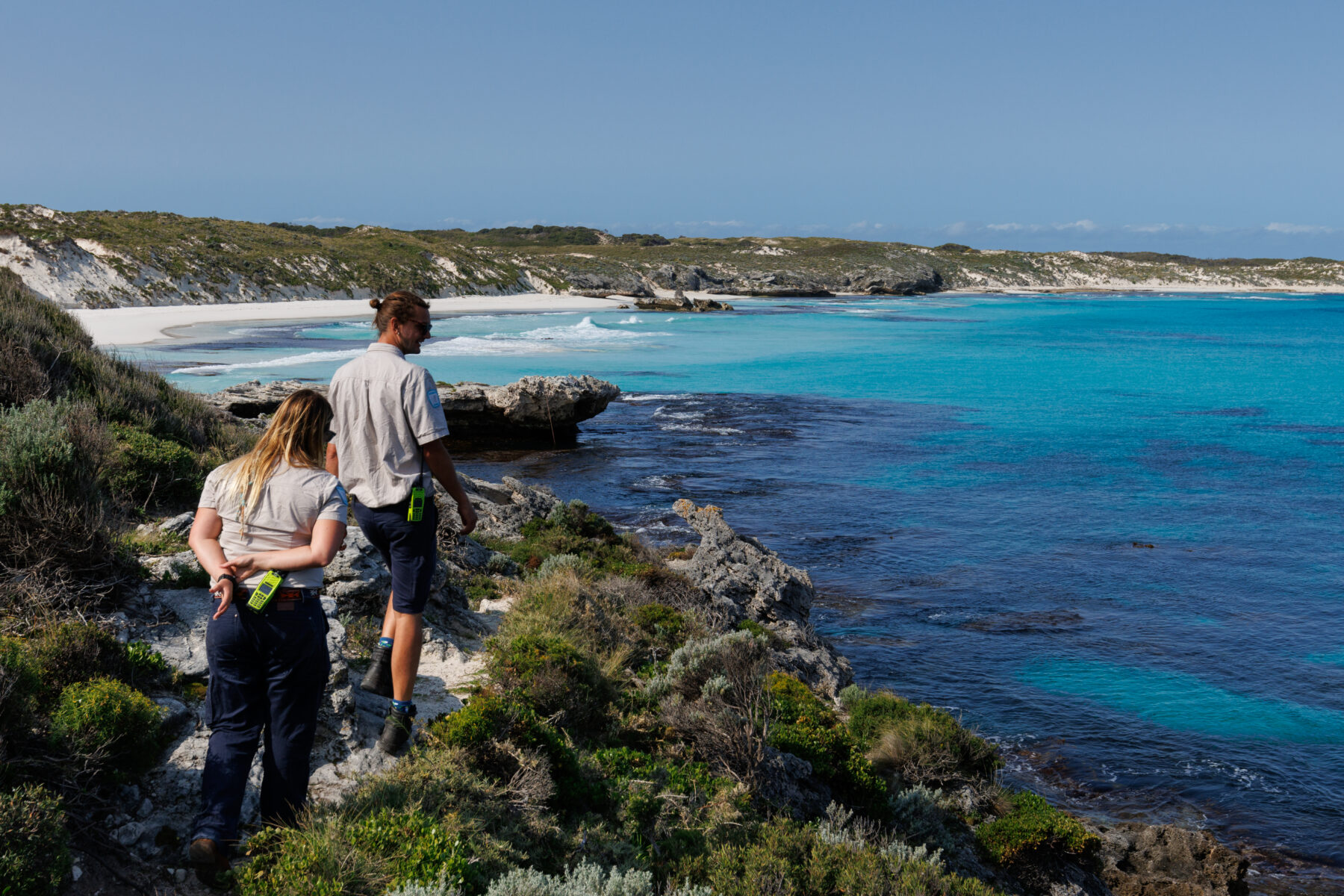
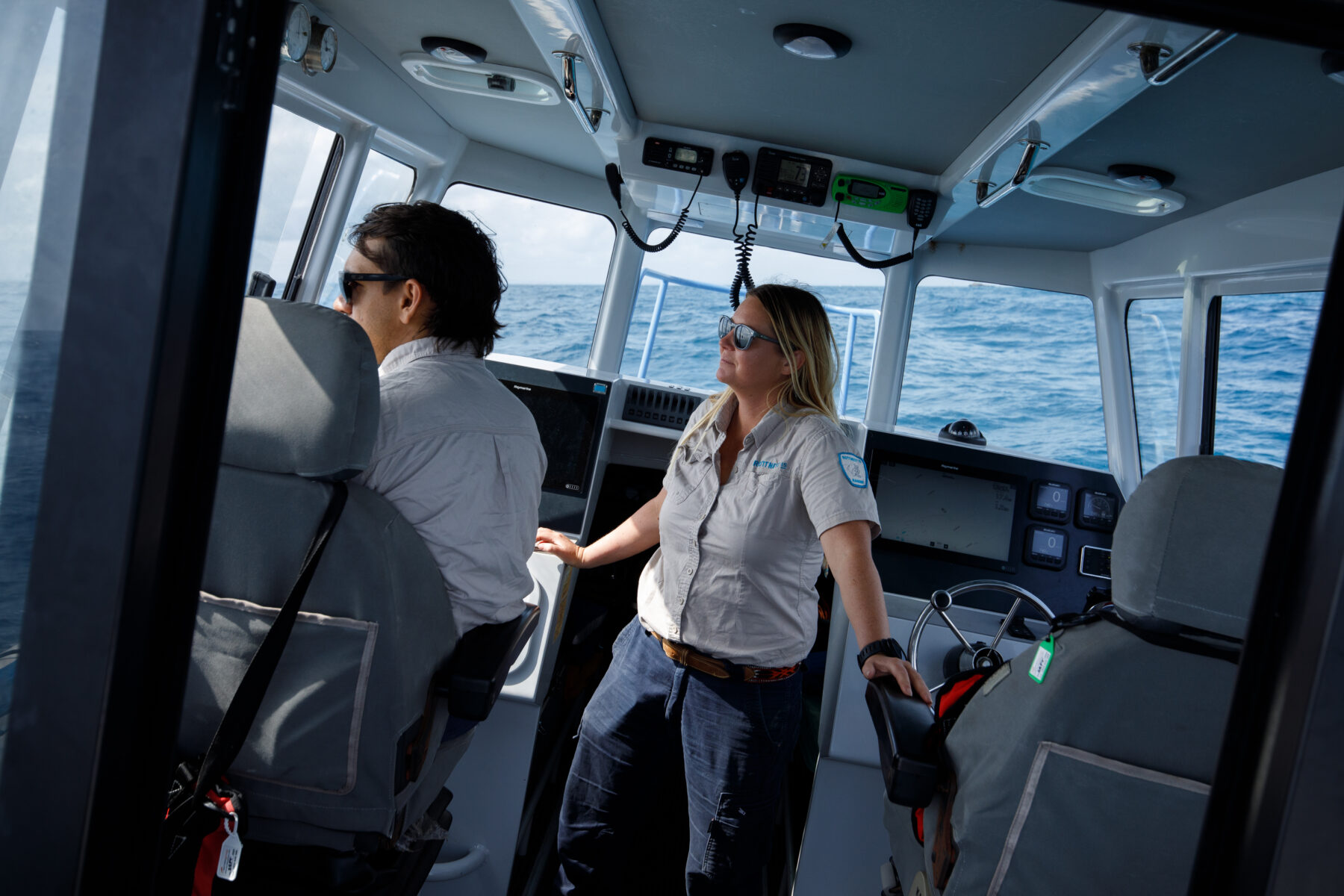
While Rottnest Island doesn’t restrict visitor numbers, there are a range of strategies employed to manage and minimise visitor impact.
For Kaija, her role is more than a livelihood. It’s also a way to serve as a guardian of this unique environment, while enjoying it too. “Talking to you about the island makes me realise what I love about living here,” she says. “It can be hard work, but I get to appreciate it and get excited all over again.”
ISLAND LIFE
Less than 1 per cent of Australia’s population lives on the small islands dotted around our continent. This number is growing as more people head across the water after the onset of COVID, rejecting costly city living and office-based work. But is “island paradise” a myth, fuelled by a desperate search for escapism? Or have these far-flung residents truly found the key to happiness? This is the
second instalment in a series exploring the realities of island life.
Also in this series:








